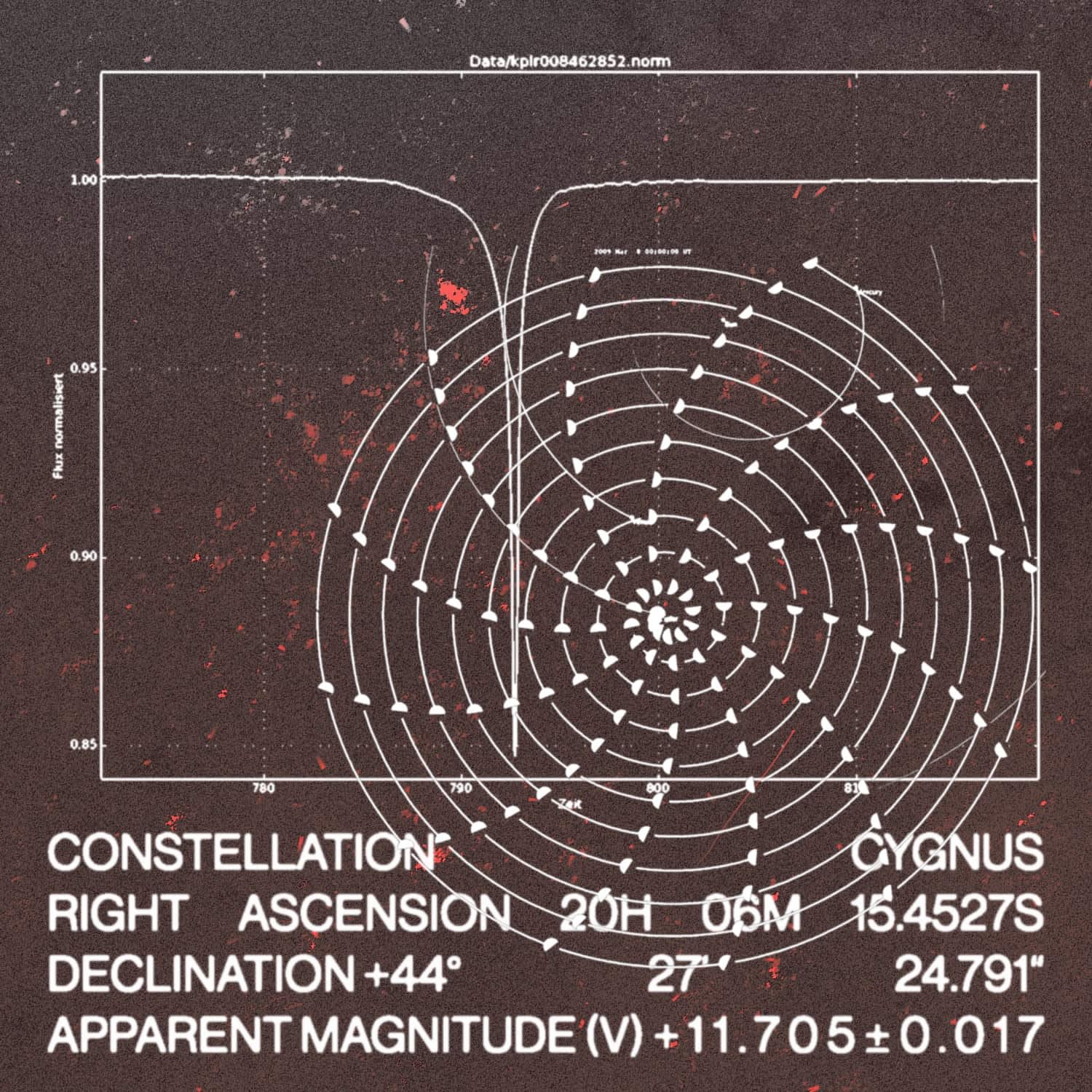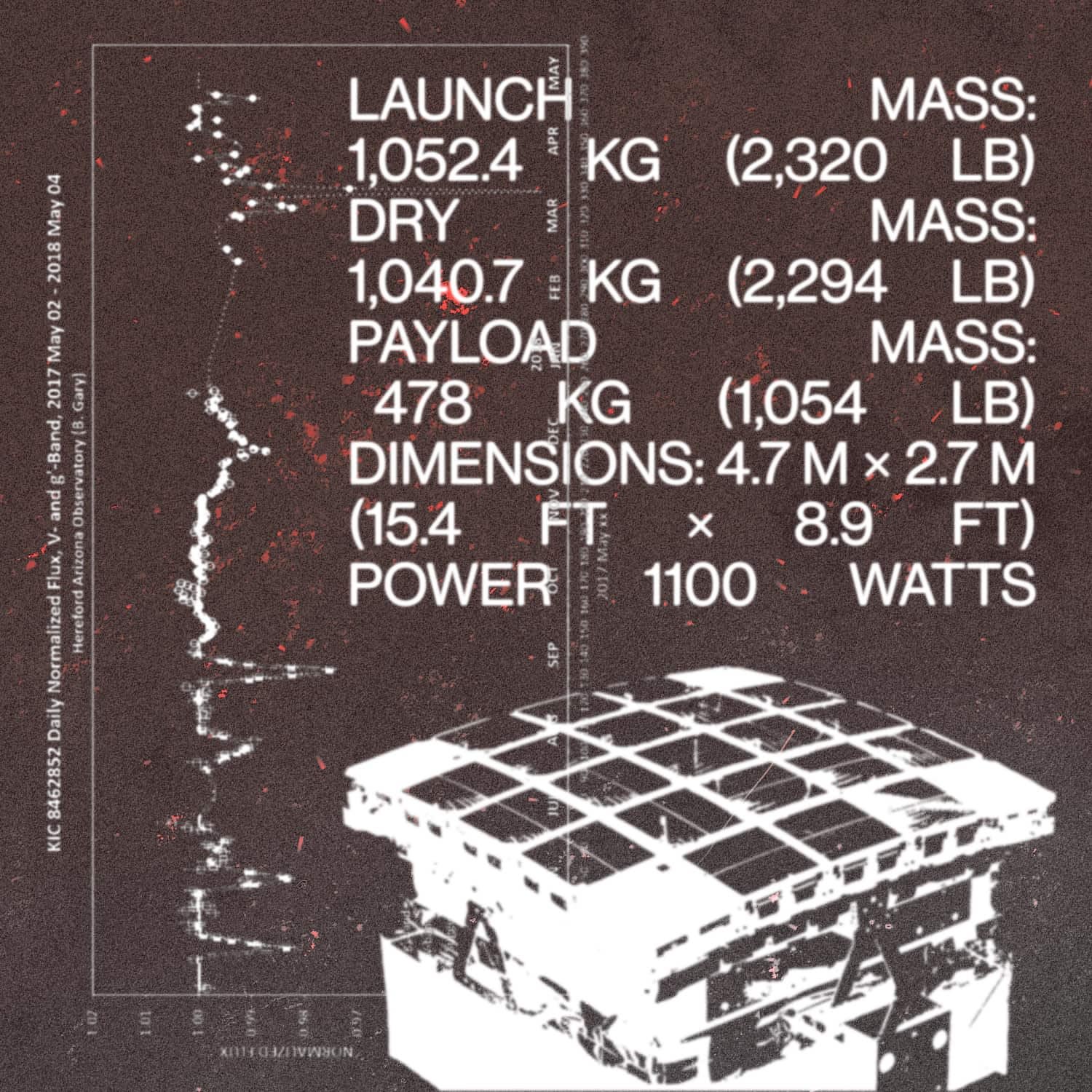10.07.2021

There is something strange happening around Boyajian’s star.
Something very strange. The Sun-sized star is located nearly 1,500 light years from Earth in the Cygnus constellation and in 2015, a team of astronomers and citizen scientists discovered irregular dimming in the light from the star. The team was pouring over data from NASA’s Kepler telescope, which was designed to find exoplanets by looking for the periodic decreases in starlight that occur when a planet passes in front of its host star during orbit. But the light profiles from Boyajian’s star didn’t look like an exoplanet at all.
In fact, it didn’t look like anything they’d ever seen.
The universe is massive, and the odds of discovering a truly unique astrophysical phenomenon are low. When astronomers find something they can’t explain, such as a fast radio burst or the dimming of Boyajian’s star, there’s a very good chance that it is merely the first example of a widespread, but previously unknown, natural phenomenon.
But often these apparently singular astronomical discoveries lend themselves to speculation—that intelligent alien life might have something to do with it—and Boyajian’s star is no exception.
When the irregular dimming of Boyajian’s star was first discovered, some astronomers suggested it might be evidence of an extraterrestrial megastructure. Perhaps aliens had built a massive artificial habitat or a so-called Dyson sphere to harvest energy from their host star or had assembled a fleet of spacecraft for some unknown purpose. Today most astronomers concede that its weird characteristics are almost certainly not due to aliens. More likely it has something to do with fragments of rock—a cloud of dust, a group of exocomets, or perhaps the pieces of a shattered moon—orbiting the star. But until astronomers can find other examples that behave like Boyajian’s star, the extraterrestrial hypothesis is fair game, however unlikely it may be.

“We don't think Boyajian’s star is aliens, but it's still weird,” says Steve Croft, a radio astronomer at the Berkeley SETI Research Center. “People are still sort of scratching their head. There are some models out there, but nobody is entirely satisfied that they know what's going on in that system.”
Ann Marie Cody is a scientist at NASA’s Ames Research Center, whose research focuses on how a star’s local environment affects the way starlight is seen from Earth. Cody specializes in the evolution of young stars, and the turbulent period in the birth of a solar system when clouds of dust, rock, and gas swirling around their host star can create strange light patterns in astronomical data.
It’s a bit likereading tea leaveson a cosmic scale.
“The youngest stars show really bizarre brightness fluctuations and usually there are reasons for that,” says Cody. “So when it was discovered that Boyajian’s star showed similar bizarre explanations and nobody really understood why, I got interested. I started to wonder if there were more of these and what they could be.”
Last year, Cody submitted a research proposal to NASA that might have been able to shed some light on the mystery of Boyajian’s star. She wanted to use the data from the agency’s Transiting Exoplanet Survey Satellite, or TESS, to study the signatures left by exocomets as they looped around their host star. Studying the light profiles these comets made when they passed in front of the star would have the added benefit of helping to narrow down what exactly was happening over in Cygnus.
TESS was launched in 2018 atop a SpaceX rocket from Cape Canaveral with a mandate to look for exoplanets around bright stars relatively near to Earth. TESS was the spiritual successor to the Kepler space telescope, but it was able to observe far more of the sky. Although TESS primarily focused on a few thousand stars that showed evidence of hosting planets, every 30 minutes it would also take a wide-field image of the sky that included tens of millions of stars. Surveying this many stars is critical when you’re looking for evidence of relatively rare events like a pack of exocomets doing long laps around their host star.
This feature of TESS also attracted attention from astronomers who were looking for another exceedingly rare phenomenon—signs of extraterrestrial intelligence.
As Cody was preparing her TESS research proposal for NASA, she started talking with a group of astronomers from the Breakthrough Listen project who were preparing their own NASA proposal. Breakthrough Listen is the largest and most well-funded search for extraterrestrial intelligence in history and is led by scientists at the Berkeley SETI Research Center. They planned to pitch NASA on using TESS data to look for evidence of extraterrestrial megastructures.

Breakthrough Listen has been collaborating with the NASA TESS team since the satellite first launched. This mostly involves performing follow-up observations from the ground, to search for evidence of radio or laser signals coming from planetary systems discovered by TESS. Searching for alien megastructures in the TESS data on NASA’s dime was a much more audacious proposal. NASA is only just beginning to ease up on a decades-long moratorium on SETI research, and proposing a project that would look for giant structures built by aliens was a total longshot.
“It was really kind of unknown territory applying for a project to look for anomalous objects in orbit around other stars,” says Cody. “Nobody really knew how the evaluators or NASA would handle this because historically it has been very hard to get NASA to fund anything related to SETI searches."
Still, it was clear to Cody and the Berkeley SETI crew that their research had a lot in common. Both teams were effectively looking for weird stuff in the TESS data. What did it matter if one group was looking for natural weird stuff and the other group was looking for artificial weird stuff if each had the potential to lead to an amazing discovery? They eventually decided their best shot at getting NASA to sign off on the proposals was to roll them into a combined project that would look for exocomets and alien megastructures among the tens of millions of stars in the TESS data.
Their strategy worked. Earlier this year, NASA granted the proposal. For the first time in history, America’s space agency is officially sponsoring a search for alien megastructures.
“I’m encouraged that we’ve got NASA funding to support this,” says Croft. “We’re using a NASA mission to fulfill a stated NASA objective—the search for life in the universe. But we’re doing it through a technosignature search that is not very expensive for NASA compared to some of their biosignature work. I think that’s a win-win.”
Now comes the hard part: sifting through 2 years of TESS data that covers somewhere between 60 million and 150 million stars in search of something weird. Cody says the team hasn’t even begun to analyze the data yet. First, they had to clean it. “The TESS data is a bit uglier than we’d like,” Cody says. This involved getting time on NASA’s supercomputer to pull the light curve data from each of the tens of millions of stars to show how their starlight varies over time.

Both Cody’s team and the Breakthrough Listen team have a challenging job ahead of them, but at least Cody has a sense of what she’s looking for. There have been a few examples of exocomets discovered to date, and their long tails passing in front of a star leave distinctive hallmarks in the data. But the SETI team is going in blind. They’re not just searching for a needle in a cosmic haystack, they’re not even sure it’s a needle. In a recent interview with Supercluster, SETI pioneer Jill Tarter described the work as "a 9-dimensional haystack for some needle which may or may not exist."
“You have to do a pretty big search if the weird thing you’re looking for hasn’t been spotted before,” says Croft. “It could be one in a million or one in a billion stars that have these kinds of signatures.”
It’s impossible to know what an alien megastructurewill look likeuntil we find one.
In the meantime, it’s possible to make educated guesses that will inform the search. Perhaps the most well-known hypothesis is the Dyson sphere, a large spherical structure built around a star to harvest its energy. But an alien megastructure might have a more unusual shape that would create a totally different light profile in the data.
To prepare for this possibility, researchers at the Berkeley SETIResearch Center are running computer simulations that show how different shapes would affect the light curve of stars when they pass in front of them. Although there’s a good chance an alien structure wouldn’t look like any of these objects, it provides a baseline for the search.
If alien megastructures exist in our galaxy, there’s a decent chance that they might be hiding in the TESS data. But there’s also the possibility that the Breakthrough Listen team will come up empty-handed just like every SETI search before them. But even if they don’t find any evidence of planetary-scale construction projects, that doesn’t mean the search will have been a waste of time.
“I like this idea of ‘let’s just look for weird stuff,’” says Croft. “When you look for weird things and explore the boundaries of your data, you tend to find interesting stuff. And if it turns out it's not aliens, it’s still interesting. And if it turns out that it is aliens, then that’s the most incredible scientific result.”
Quelle: SUPERCLUSTER
